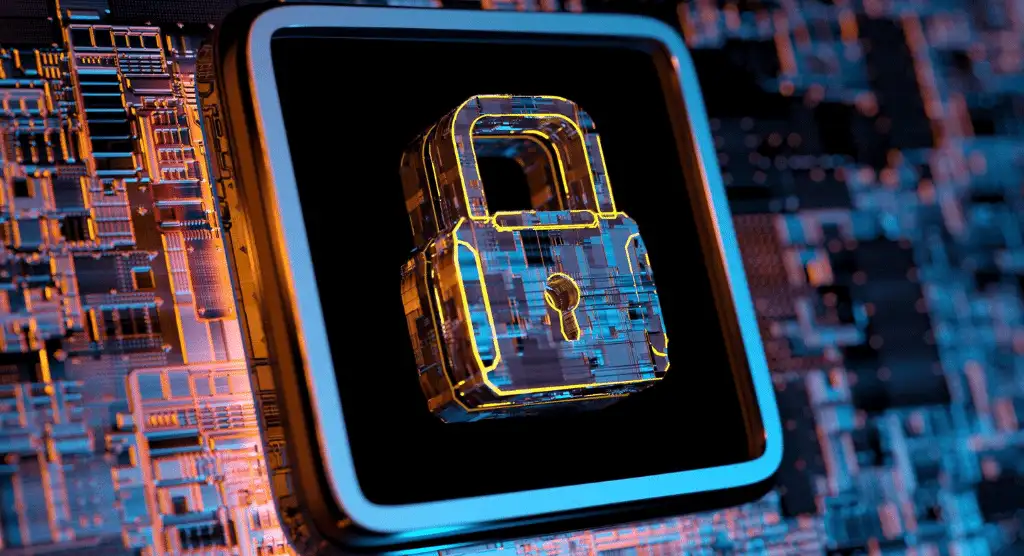The increasing number of cyberattacks every year is making businesses invest more in cybersecurity. Other than businesses, people as becoming aware of their online security on an individual level, and rightly so. The increasing number of cyberattacks is creating a need for more cybersecurity professionals.
Based on how things are today, one can guess how they can be in 2031. These are just speculations of how things are at the moment. It’s hard to make accurate cybersecurity prophecies as you may have seen in documentaries on charter internet or your residential WiFi. Still, this blog may help you get an idea of what to expect.
Cloud Computing
Cloud computing is one of the major technological advancements in recent years. The use of this technology has significantly reduced the need to set up data centers for operations. Where cloud computing is helping businesses in making operations run smoothly and efficiently, adapting the technology is also giving rise to many challenges.
The terms cloud computing and cyber security are now often said together. Because of how things are looking, cloud computing is the future. So, it is important to cover its vulnerabilities and strengthen its security for a secure future.
Password Encryption
Passwords have been around for a long time and are still in use. In fact, now you can find more advanced types of password encryptions in the form of two-factor and multiple-factor authentication. OTP (one-time passwords) have significantly strengthened security.
Password encryption may continue to play the role of an iron wall between you and hackers. Today, hackers use different tactics like social engineering, fake or altered websites, and phishing emails to acquire passwords. This may not change any time soon. However, we may witness modified forms of multiple-factor authentication.
AI in the Future of Cybersecurity
According to many experts, AI will play a crucial role in solidifying online security. Different AI technologies may help people identify cybersecurity threats. The algorithms of artificial intelligence may understand the vulnerabilities beforehand to further apply security measures.
More Data Leaks
With more people getting access to the internet, the data in 2031 is estimated to be massive compared to the volumes today. In addition to the number of human users, the increasing utility of IoT devices will play a part as well.
Not all humans comply with the best practices for securing their personal data. Even many IoT devices have poor data security protocols. From how things are looking, it won’t be surprising if the number of data breaches increases in the future.
Bigger Cyberattacks Expected in Future
Apart from attacks on major organizations, even governments may face more cyberattacks in the future. Today, such attacks can do more damage than ever. And the extent is expected to increase with the passing years. The worst part is that countries could be facing this danger from each other. A worldwide agreement among the countries to not attack each other’s digital assets may be important.
More Employment Opportunities in Cybersecurity
With the increase in the number and complexity of cyberattacks, it is quite logical that many job opportunities will open up for cybersecurity professionals. More people will likely learn cybersecurity skills. Companies may have to ensure that their data is safe. This will eventually open up many openings for data security-oriented jobs.
Even today, Statista estimates the revenue security industry will be more than $159.8 billion in 2022. These figures are estimated to increase quickly in the upcoming years. Such stats actually solidify the claims about the growth of the cybersecurity industry.
Women in Cybersecurity
With the increasing volume of the need for cybersecurity-oriented skills, the number of women in security will also increase. It may be surprising that the percentage of women in IT is lesser than it was 20 years ago. However, thanks to the ease of learning and community support from other women in tech, this is likely not to be the case in the future.
More women learning these skills and embracing job opportunities will eventually fill the current gap. As for how long it will take to even the gap, it depends on the shift of trends. The shift could be in the next two or three years, or it may take a bit longer. It is hard to make accurate assumptions for now.
So, these are the expectations of what the future of cybersecurity will look like. But again, these are speculations based on the currently available data.

